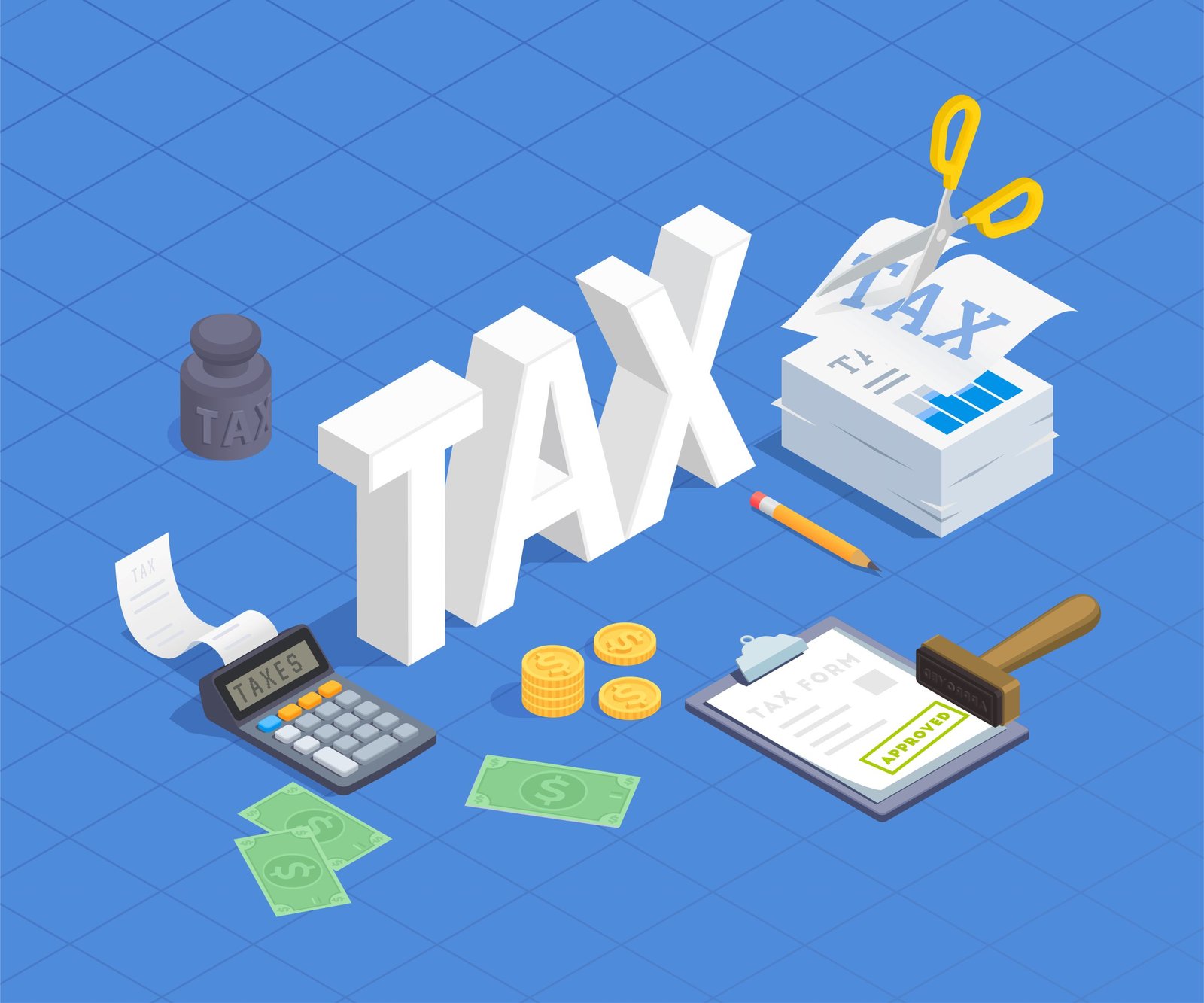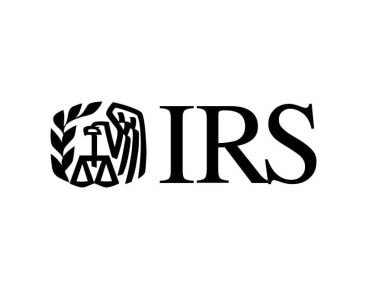Italy’s tax system can seem daunting to foreign expats (even to locals!), especially when grappling with concepts like progressive tax brackets, wealth taxes, and special regimes. Misunderstandings about how taxes work often lead to confusion and unnecessary anxiety.
Let’s break down four common myths about Italian taxes and address the most common misconceptions.
Myth: “In Italy, I would get taxed 43% on my income”
Reality: Italy has a progressive tax system, not a flat rate.
As of January 1, 2025, Italy applies a progressive tax system for personal income tax (IRPEF, or Imposta sul Reddito delle Persone Fisiche) with three tiers:
- 23% on the portion of your annual income up to €28,000
- 35% on the portion of your annual income between €28,001 and €50,000
- 43% on the portion of your annual income over €50,000
Further tax reductions exist for the year 2025 for incomes under €40,000.
One of the most common myths about Italian taxes stems from the belief that earning over €50,000 means your entire income is taxed at 43%. This is false. Taxes are applied incrementally, so only the portion of your income above €50,000 is taxed at the highest rate. Here’s a comparison to illustrate:
- €50,000 Income: Total tax = €14,140 (28.3% effective rate)
- €70,000 Income: Total tax = €22,740 (32.5% effective rate)
- €110,000 Income: Total tax = €39,940 (36.3% effective rate)
That said, don’t forget regional and municipal taxes. Rates vary by location and can add between 1.2% and 3.3% to your overall tax burden.
Myth: “Italian wealth taxes will eat into my property and pension”
Reality: Italy’s wealth taxes are modest and include important exemptions.
Italy imposes annual taxes on two types of foreign-held assets:
- IVIE (Imposta sul Valore degli Immobili all’Estero): A 0.76% tax on the value of foreign real estate. If you own a property abroad, this applies to its assessed value or purchase price. If your foreign property is in the EU/EEA, you can opt to use its cadastral value instead.
- IVAFE (Imposta sul Valore delle Attività Finanziarie all’Estero): A 0.2% tax on foreign-held financial assets, such as bank accounts, investments, and shares. Note that pension funds are exempt.
The foreign property tax (IVIE) and financial assets tax (IVAFE) are often misunderstood as harsh “wealth-destroying” taxes. However:
- IVAFE amounts to €200 tax for each €100,000 of financial assets. Pension funds and private company holdings are exempt.
- IVIE taxes foreign real estate on its purchase price at 0.76% annually but allows offsets for property taxes paid abroad (e.g., France’s taxe foncière). If your offset leaves less than €200 owed, there’s nothing to pay. Additionally, properties in the EU/EEA can be taxed on their lower cadastral value.
Myth: “To survive the Italian taxman, you have got to live in the South”
Reality: There are excellent tax schemes available throughout Italy.
This is another popular misconception in the list of myths about Italian taxes. While the South offers the attractive 7% Scheme – a flat tax on foreign income for new residents in small towns – it’s not the only option. Italy provides numerous tax incentives for workers, retirees, and investors nationwide:
- Impatriati Regime: Relocating workers may qualify for a 50% tax reduction on Italian-earned income.
- Flat Tax Regime for New Residents: A fixed €100,000 annual tax for high-net-worth individuals covering worldwide income, exempting them from IVIE and IVAFE.
- Forfetario Regime: A flat 15% tax (5% for startups) for freelancers and small businesses earning under €85,000 annually, with VAT exemptions.
- Renovation Tax Deductions: Tax credits of 36% to 65% on home renovation expenses.
- Exempt State Pensions: Pensions earned abroad as a civil servant (e.g., firefighter or teacher) are entirely exempt from Italian taxation.
Italy also taxes dividends and capital gains at a flat 26%, independent of total income – a competitive rate compared to other countries.
Myth: “If I move to Italy, I have to pay US tax AND Italian tax!”
Reality: Most US citizens in Italy avoid double taxation.
U.S. expats in Italy can leverage the US-Italy tax treaty and tools like the Foreign Tax Credit (FTC) and Foreign Earned Income Exclusion (FEIE) to avoid paying taxes twice. Here’s how:
- The FEIE allows Americans to exclude a certain amount of foreign-earned income (up to $112,000 in 2022, adjusted annually) from U.S. taxation.
- The FTC offsets U.S. tax liability with taxes paid to Italy.
In practice, most Americans living in Italy owe little to no U.S. tax. Additionally, Italy’s public healthcare, lower living costs, and vibrant culture often offset its higher tax rates, making relocation a financially viable choice.
Key Takeaway: Myths About Italian Taxes
Navigating Italy’s tax system requires understanding the nuances of progressive brackets, wealth taxes, and incentive schemes. Relying on social media advice can lead to anxiety and costly mistakes. Don’t let myths about Italian taxes hold you back. Instead, consult an international tax expert to ensure compliance and maximize your financial benefits.
For more general guidance, feel free to explore resources here on Magic Towns.
Good job! Please give your positive feedback
How could we improve this post? Please Help us.









